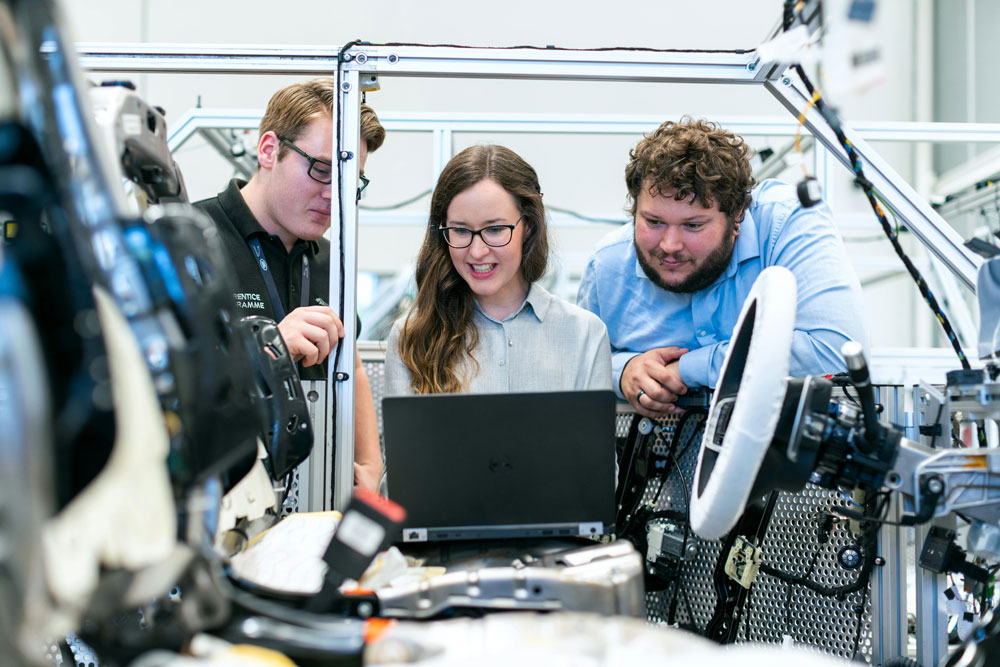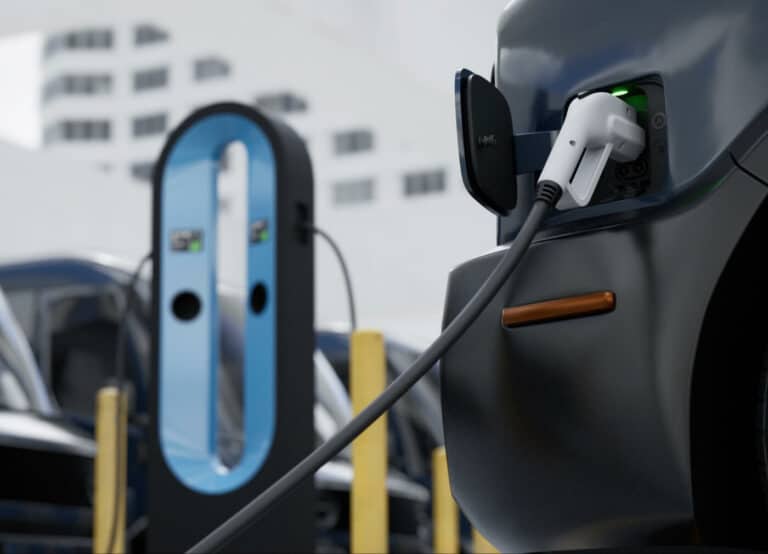Buying a car is a big step. Unfortunately, it is not the only step in the process of becoming a car owner. Several steps should immediately follow the acquisition of a vehicle, many of which are covered below.
1. Register It and Transfer the Title
To legally drive a car, the user must register it with the DMV and have the title in their name. People who purchase from a dealer will sometimes receive some help with this registration but most people have to go through it on their own. Because states allow for registration and title transfer over the internet, check with your local DMV to see if you need to do things in person. It is also important to remember that registration needs to be renewed whenever it expires, though some states have extended registration as a result of the pandemic.
2. Get It Insured
There are only two states in the Continental United States that do not require car insurance: New Hampshire and Virginia. Because the rest of the states have varying minimum requirements for coverage, check the DMV to see what your particular state requires. Car insurance is a vital thing to have because it can help blunt the financial blow of an accident.
When it comes to car insurance, your rate is going to depend on a few factors.
- Your Age. Younger drivers are seen as higher-risk investments than people in their 30s and 40s.
- Geography. The more likely your region is to experience a wreck, the higher your premiums will be.
- Driving History. Every accident on your record contributes to higher rates.
- Your Gender. Women are seen as less risky than men, resulting in comparatively lower rates.
3. Check the Manual, Schedule Maintenance, and Do Repairs
Go over your car’s manual to get an idea of what it can do and what issues may need easy fixing ahead of time. Remember to keep the manual handy in your car at all times and consider keeping a digital version stored on your mobile device as a backup.
Even a new car is going to need maintenance to run as well as it does as you drive it off the lot. Most owner’s manuals include recommended windows for when you should have various forms of maintenance done. The smart idea is to schedule your first maintenance appointment on the day that you get your car, meaning you will have a very narrow window of time for driving around with an unchecked vehicle.
Repairs may be especially necessary out of the gate if you bought a used car. When dealing with a used car, you must ask what sort of issues need to be taken care of before buying it. You may also want to make some improvements, like applying a protective glass coating to the windows or reinforcing your tires.
4. Get Familiar With Your Vehicle’s Features
Sure, you may know what your vehicle is capable of from reading the manual, but it is another thing to put those features into practice. Remember, you bought this car so it is yours to do with as you please. Try out the media player or radio. Play with the knobs and dials. It is your car so its features are yours to use and enjoy.
5. Drive Around the Neighborhood
Even if you managed to get in a test drive before buying your car, it is a good idea to take it for a spin around your neighborhood. Considering how much time you spend in your neighborhood, it can be enlightening to learn how your car handles the area before you even think of heading onto the highway or a major thoroughfare. Use this time to figure out how sensitive your gas and brake pedals are, as well as how quickly your car can gain speed.
While buying a car can involve a ton of factors, you still have things that need doing after the purchase. Get your paperwork in order, arrange some maintenance, learn the ins and outs of your vehicle, and put it through its paces around your home. Following these steps is recommended and will remove stress.











